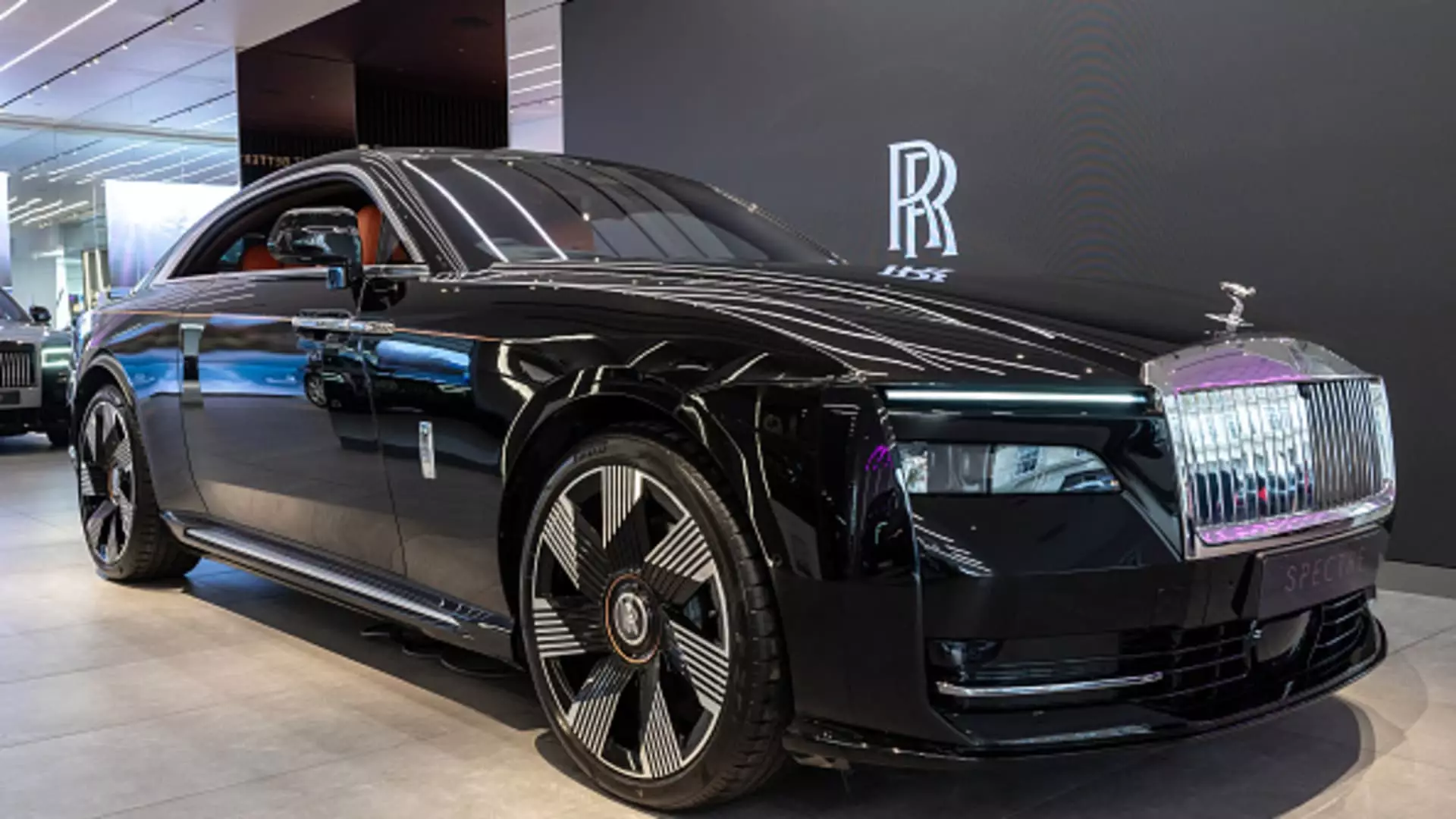As the political landscape continues to evolve, the Republican party is evidently wrestling with ways to fulfill President Donald Trump’s ambitious promise of a tax break aimed at easing the financial burden of car loans for American families. Dubbed the “One Big Beautiful Bill Act,” this proposal aims to deliver a tax deduction of up to $10,000 annually on interest accrued from new auto loans. However, an in-depth analysis by experts indicates that, rather than empowering the majority of American drivers, this move serves to highlight the disconnect between political intentions and economic reality.
The allure of saving on car loan interest may appear attractive on the surface, but economists are quick to point out a shocking truth: very few households will benefit from such a deduction as it stands. Jonathan Smoke, the chief economist at Cox Automotive, raises a crucial concern regarding the financial feasibility of the proposed tax break. Most drivers accrue far less than $10,000 in interest annually. In essence, those looking to benefit might soon find that the structure of the law is fundamentally flawed.
The Financial Dynamics Behind the Numbers
Let’s dissect the numbers for a clearer picture. For a household to actually take full advantage of the proposed $10,000 deduction, they would need to take out an extraordinary loan—approximately $112,000 is the threshold identified by Smoke. Yet, it’s crucial to note that such extravagant car loans are exceedingly rare, constituting about a mere 1% of new auto loans, according to Cox Automotive’s findings. The lending landscape is dominated by more modest budgets, as most average Americans secure loans significantly smaller than this outrageous figure.
This situation begs a deeper inquiry: who are these borrowers taking on exorbitant loans? Typically, these loans are associated with luxury brands such as Rolls-Royce, Ferrari, and Bentley, vehicles that reside in the upper echelons of the automotive market. The narrative crafted around tax breaks benefiting average citizens clashes with the economic realities faced by the everyday American driver. It becomes clear that this proposal favors the affluent rather than serving a broader demographic.
A Disconnect with Income Limitations
But the shortcomings of this tax break don’t stop there. Proposed income limitations further complicate matters, imposing strict caps on households’ eligibility for the full benefit. The legislation stipulates that single filers earning more than $100,000—or married couples earning above $200,000—will see reductions in the tax deduction. This economic stratification raises vital questions about who effectively qualifies for such incentives and challenges the core intention of providing relief to hardworking families.
The reality is that families with incomes exceeding this threshold likely do not need a tax break to manage auto loan interest. Meanwhile, those who do fit within this income bracket may not be purchasing high-end vehicles that would enable them to claim the maximum deduction if they were to take on such a loan—a classic case of misaligned policy design.
The Illusion of Substantial Financial Relief
Moreover, the nature of tax deductions itself introduces additional complexity that undermines any apparent financial gain from this proposal. Smoke notes that taxpayers won’t see an immediate boost in their pocketbooks due to the type of deduction being offered. Rather than receiving $3,000 in cash, households would see that amount deducted from their taxable income. When ultimately calculated, many individuals may find that their financial relief hovers in the realm of $500 or even less during the first year. The grim irony is that this amount could fall short of even the monthly payments owed on a new car loan, leading to frustration rather than tangible support.
This juxtaposition underscores a prevalent issue prevalent in how tax policy is crafted: a tendency to overlook the real-world implications for average citizens. The tax relief that politicians tout can often become an abstraction failing to resonate with the economic struggles of constituents while putting a disproportionate emphasis on benefiting a wealthy few.
The Need for Meaningful Change
As legislators scour ways to promote economic growth and assist overwhelmed consumers, they must ask themselves: how does this proposed auto loan tax break truly serve the American people? The disconnect between policy aspirations and actual financial benefits raises significant concerns about the effectiveness of such initiatives. For a policy to resonate more widely, it must align with the financial realities of the majority, delivering meaningful change rather than superficial gestures. If lawmakers genuinely wish to assist the average American driver, they need to rethink their approach, ensuring that proposed solutions are grounded in the everyday realities faced by their constituents. This will require a fundamental shift in understanding and addressing the actual needs of the citizens they represent.

